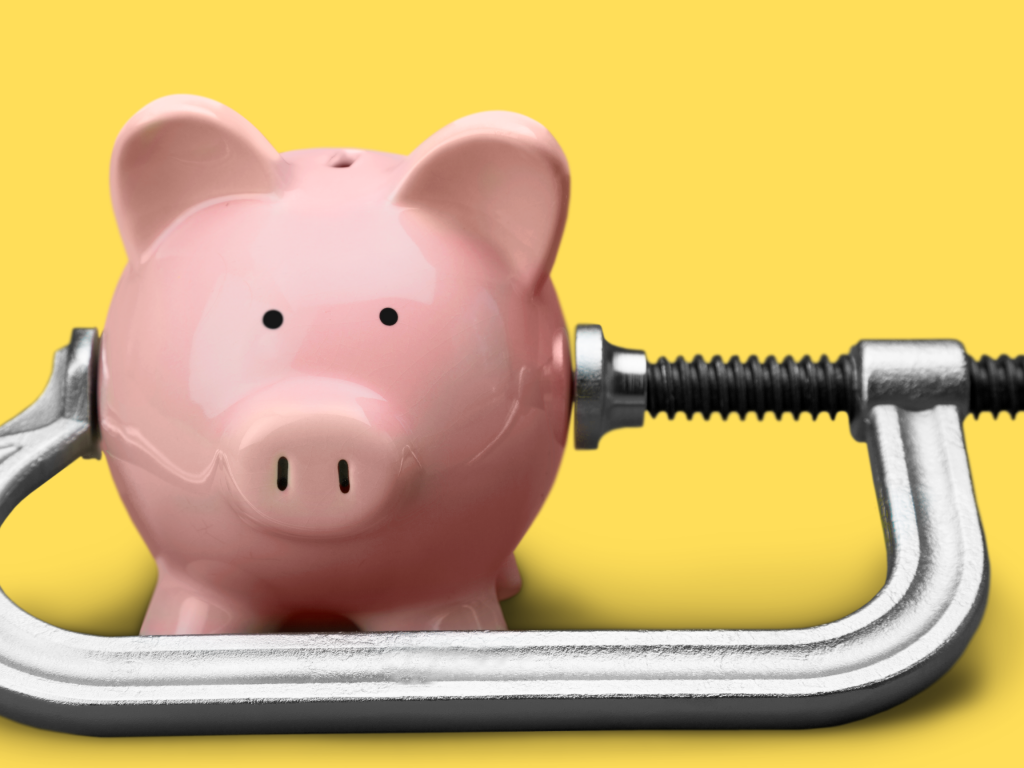How much risk should I take in my pension pots?
Our last blog, Planning Your Retirement Income – is there a Magic Number?, covered how to calculate the right amount to withdraw each year from your pensions. In this post, we want to cover how much risk you should consider taking when making a pension plan.
Let’s start with the basics: if you want your pension pots to grow, you need to take on some risk. If you put all your money in cash type funds or other very safe investments, the overall value won’t decrease, but there won’t be much growth either.
If you put your money in shares and other riskier investments, there is a higher chance your pot will decrease in value, but also a higher chance of increased growth.
So given the above: what is the right amount of risk to take?
What is the right amount of risk to take?
The answer again is that it depends. Why? Because the right degree of risk to take is the lowest amount needed to make your pension plan work. If you only need a 3% return (after charges remember, which is very important), then you do not need to invest in a higher risk portfolio than one that would be expected to get you this growth.
Of course, to make this work you need to know how much you want to be withdrawing from your pension every year once you retire. Once you’ve calculated this, you can work backwards and find out the growth you need and hence the risk you need to take.
As you can see, everything starts with a plan. Without one there is no way of knowing what the right amount of risk is.
What if I need to take a lot of risk to make my plan work?
Once you build a plan with Guiide, you’ll be able to see how much growth you need to make your plan work. You may find that you’ll need a lot of investment growth in order to make it work. This leads to the question: are you comfortable taking this risk?
Before you answer this, it’s essential to understand worst case scenarios: would your plan still work if your investments fell by 20%? Would this materially affect your retirement outcome? The less risk you take, the less likely it is for this to happen.
If you are not comfortable with this possible outcome and therefore not willing to take on this level of risk, then the best option is to revise your plan. You’ll need to decide whether you want to contribute more, lower your pension income, retire later or think about some other temporary income such as some part time work. All these options can help you build a plan that will still work with lower annual returns and therefore less risk.
Does the right amount of risk change over time?
Yes, it does. When you’re younger and retirement is still far off, you’ll have more years to earn back any losses, and therefore can afford to take on more risk. In your later years, as you approach retirement and start withdrawing from your pots and your pension is much larger, you won’t want to take as much risk. However, the concept of “only take as much risk as needed” still applies at all ages.
Ideally, you want to revisit your plan every few years – and increase the frequency as you get closer to retirement. Make sure your plan is still on track, and see if you could make it work with lower risk. In the extreme it may now work if you take no risk at all. At that point you could buy an annuity and lock in a guaranteed income for life.

Putting this all together
First, you want to start by building a plan; without a plan, you can’t know what the right amount of risk is for you.
Secondly, test this plan. If you aren’t happy with the suggested risk, then you’ll need to revise the plan and adjust it so it expected to work with lower risk.
Thirdly, make sure to review your plan every few years, or if something unexpected has happened. Ask yourself: is it still on track? Can I reduce the risk? Should I revise my plan?
Finally, charges, charges, charges – we cannot stress enough that overpaying in charges means a lower annual return and therefore more risk needed to get the same income, unless the higher charges led to higher growth. Sure, you could get this extra return; but is it really worth the extra risk?
Guiide builds you a plan, tests it, offers solutions and helps you track it. It also directs you to a number of low cost providers to make sure you don’t overpay charges if you use one of them. It’s completely free to use; take advantage of it and build a plan to see the right amount of growth and risk you need to make your individual plan work.

